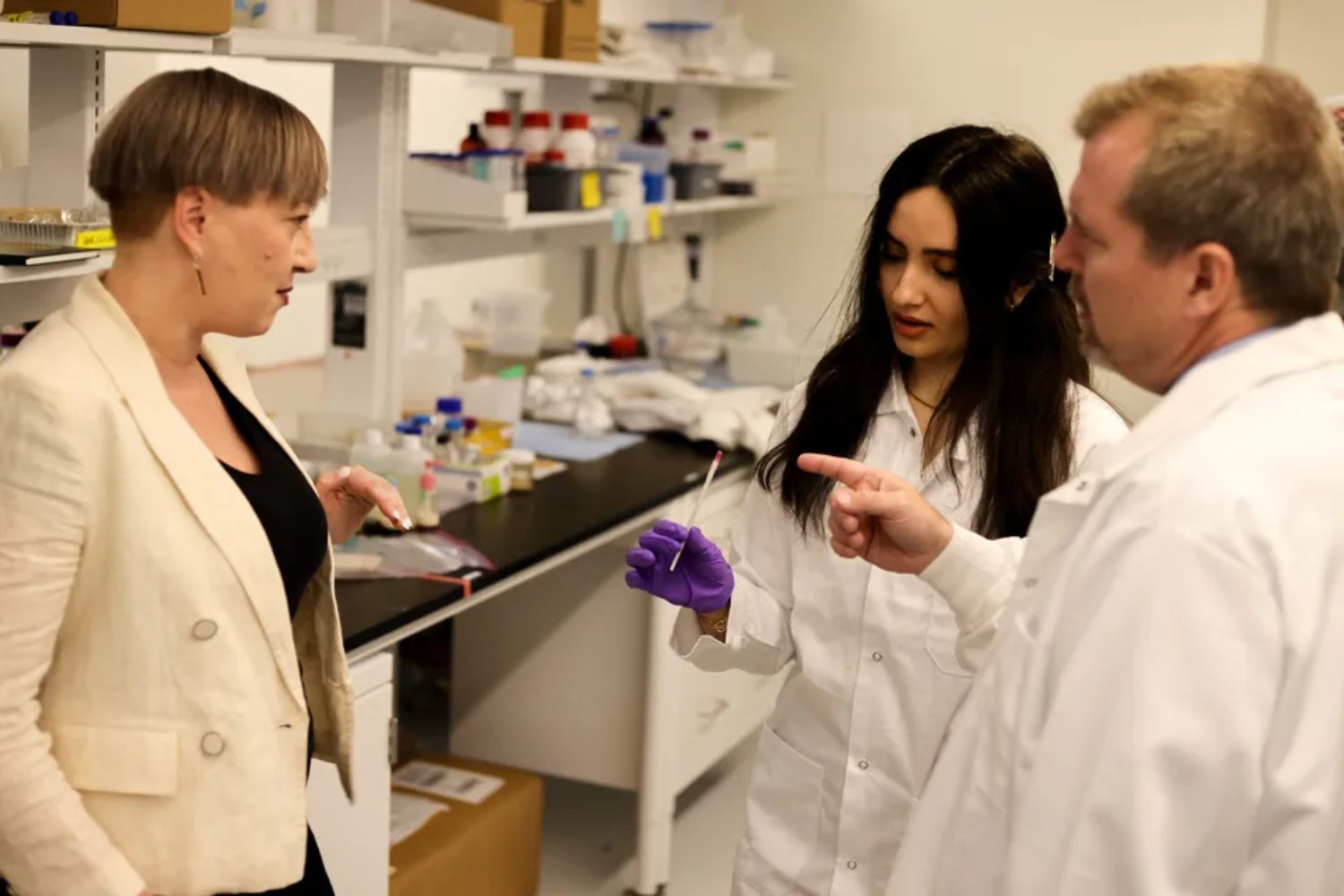A Canadian invention, Spikeless, detects spiking drugs like GHB in drinks in 30 seconds, offering discreet protection during nights out.

@University of British Columbia
The fear of drink spiking isn’t new—but it’s becoming more pressing. The danger often hides in plain sight, especially in bars and clubs where dim lighting, loud music, and crowded spaces create the perfect storm for predators. Women, in particular, are disproportionately targeted. One of the most dangerous substances used in these attacks is GHB, a drug that is odorless, tasteless, and terrifyingly effective in causing memory loss. Victims often don’t realize what happened until it’s too late.
Now, a team of researchers in Canada may have developed a clever tool to help turn the tide. It’s called Spikeless, and at first glance, it looks like nothing more than a regular cocktail stirrer. But under its ordinary appearance lies a small technological breakthrough: a chemical sensor capable of detecting drugs like GHB or ketamine in just 30 seconds.
How it works
Using Spikeless is almost absurdly simple. You dip the end of the stick into your drink. You wait. And if the color changes, you don’t drink it. That’s it. No complicated instructions, no apps, no need to raise suspicions. The goal is quick, discreet protection.
“Spikeless is designed to blend into the environment,” explain the developers from the University of British Columbia. Its strength lies in its stealth: it looks, feels, and behaves like a harmless cocktail tool, but it’s equipped with sensors that react to common spiking drugs without affecting the taste, color, or texture of your beverage.
This subtlety is critical. Previous attempts to tackle drink spiking—like reactive nail polish or specialty glassware—have often fallen short because they were too obvious, too cumbersome, or simply not user-friendly. Spikeless breaks that mold, aiming to be cheap, single-use, and invisible to everyone but the person using it.
Still awaiting approval
At the moment, Spikeless is awaiting approval from Canada’s health authorities. But its creators are already envisioning a much broader future: a world where this stick becomes a standard item in every handbag, next to the phone and wallet. It could be distributed at clubs, music festivals, college campuses—anywhere the risk of drink tampering exists.
In a time when personal safety often relies on personal vigilance, innovations like this could change the game. It doesn’t stop drink spikers from acting—but it restores some agency to potential victims. The ability to silently check a drink can turn an ordinary night out into a much more secure experience.
And that’s the real promise of Spikeless: transforming a casual motion—stirring your cocktail—into a quiet act of self-defense.
Source: UBC Applied Science
